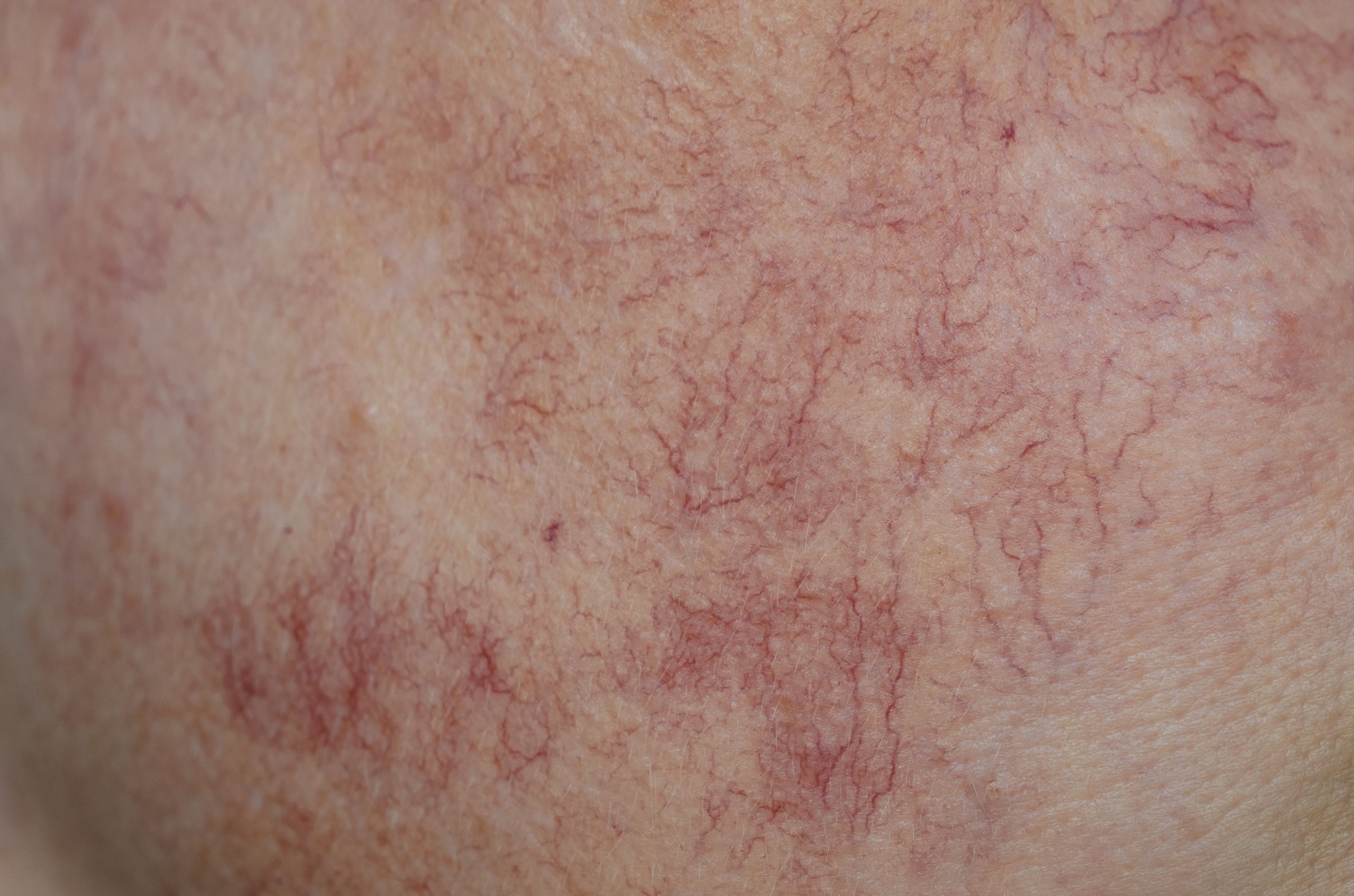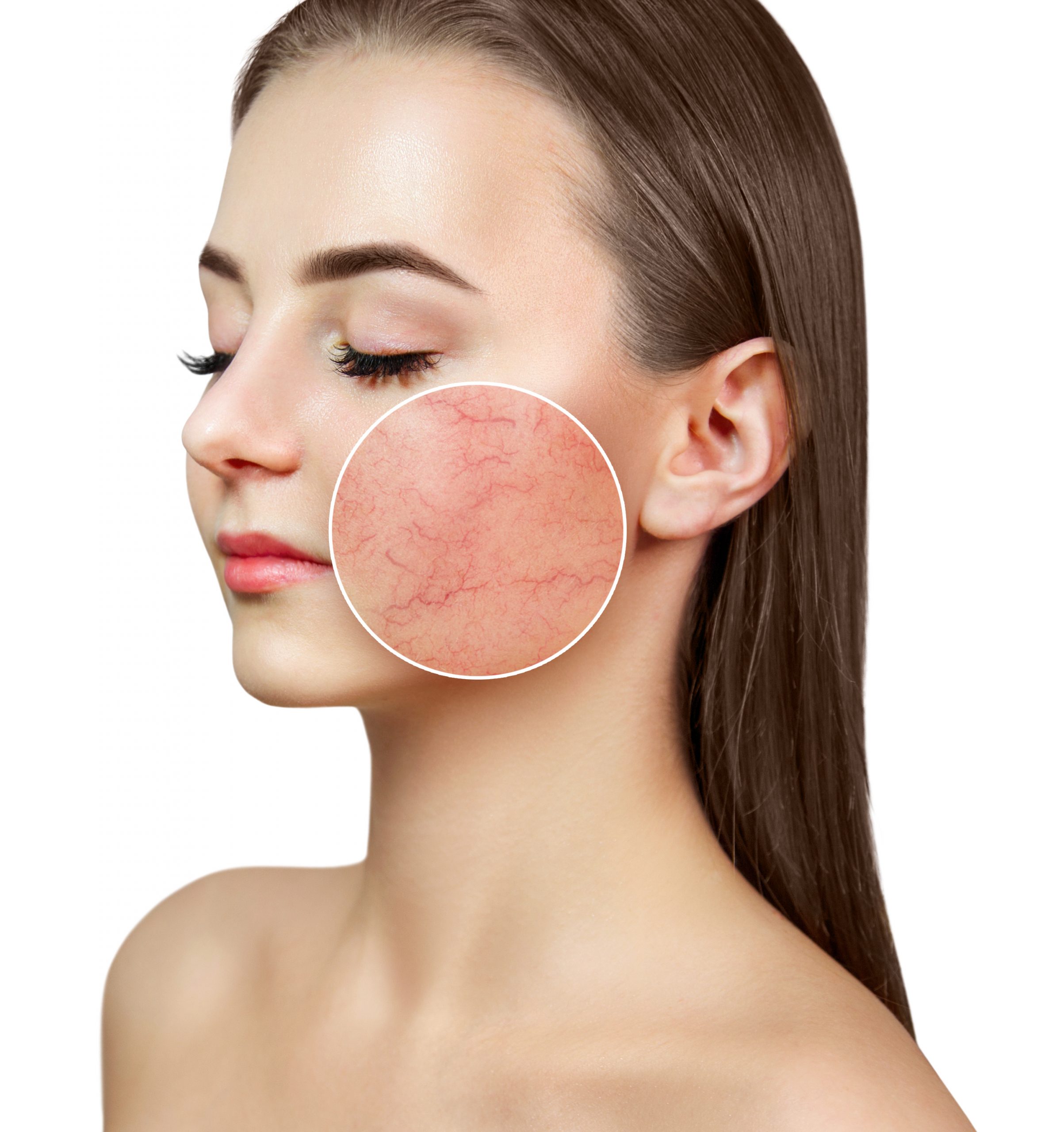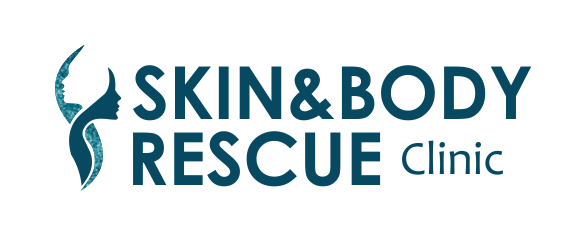FACIAL VEINS
Non-invasive technology for treating facial veins
Non-invasive technology for treating facial veins
ABOUT

FACIAL VEINS
What causes veins on the face?
Genetics
Some patients unfortunately are just predisposed to developing facial thread veins, especially if they notice other members of their family have them.
Age
As patients age, their skin becomes thinner and starts to lose elasticity, which can cause veins to become more noticeable under the surface of the skin.
Rosacea
Illness
Sudden changes in pressure such as sneezing, blowing your nose or vomiting can also cause small broken blood vessels to appear, so if you have been unwell recently this may indirectly be the cause.
Sun Exposure
Excessive exposure to the sun can cause free radical damage resulting in the blood vessels in your face becoming enlarged, which makes them more noticeable on the surface of your skin.
Environment
Exposing your skin to certain chemicals or environmental pollutants may damage the skin’s surface, which can make thread veins more visible.
Temperature Changes
A sudden change in temperature may have an impact on your circulation. Some patients may notice their face being flushed which can result in blood vessels bursting, causing spider veins to appear.
Trauma
Lifestyle
Pregnancy
Alcohol
Excessive or frequent alcohol consumption can lead to visible long-lasting blood vessels.
PRICES

FAQ

Light energy is applied to the skin where it is readily absorbed by blood vessels, heating them to a point where they are destroyed. Following treatment, the vessels quickly clear as they are reabsorbed by the body, leaving little or no trace of the original lesion.
The light applicator is placed on the skin and a short pulse of light is released. The applicator is moved to the neighbouring area and the process is repeated until the entire area is treated. During treatment, protective eyewear will be provided.
Treatment is suitable for most people. Best results are obtained for those with fair skin, and there is less chance of side effects.
After treatment the area may feel warm for a few hours. Rarely, some delicate skin areas such as the cheeks or décolleté can be red and slightly swollen for up to 48 hours. Though very rare, there is a chance a small blister may form and there could be temporary lightening or darkening of the skin.
Treatments typically take from 15 to 45 minutes, depending on the type and size of lesion.
Most red skin lesions, including facial thread veins, rosacea, spider naevi can be treated very successfully.
Improvements will be seen a week after each IPL treatment, but the best results are seen 3-5 months after your final treatment.
The number of treatments required will depend on the amount, size and colour of the veins being treated but we usually recommend that patients have a course of 5 IPL treatments spaced 4 weeks apart.
Prior to treatment, you must undergo a consultation where details about your medical history are obtained in order to confirm suitability. Before proceeding you will be asked to sign a consent form and undergo a test patch.




